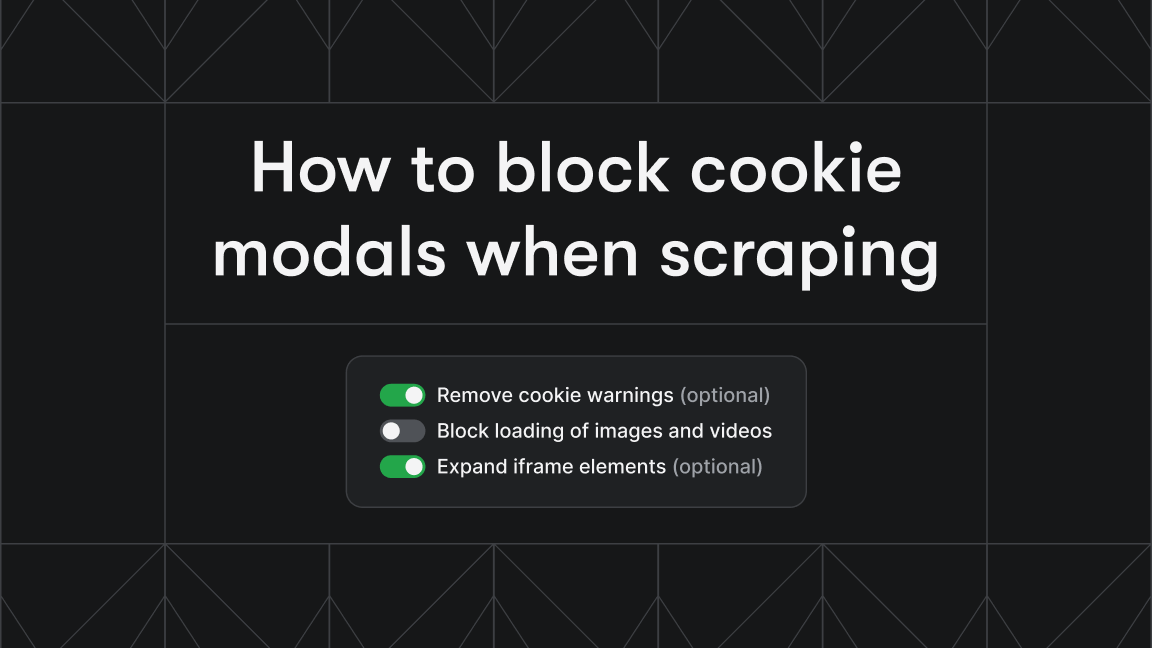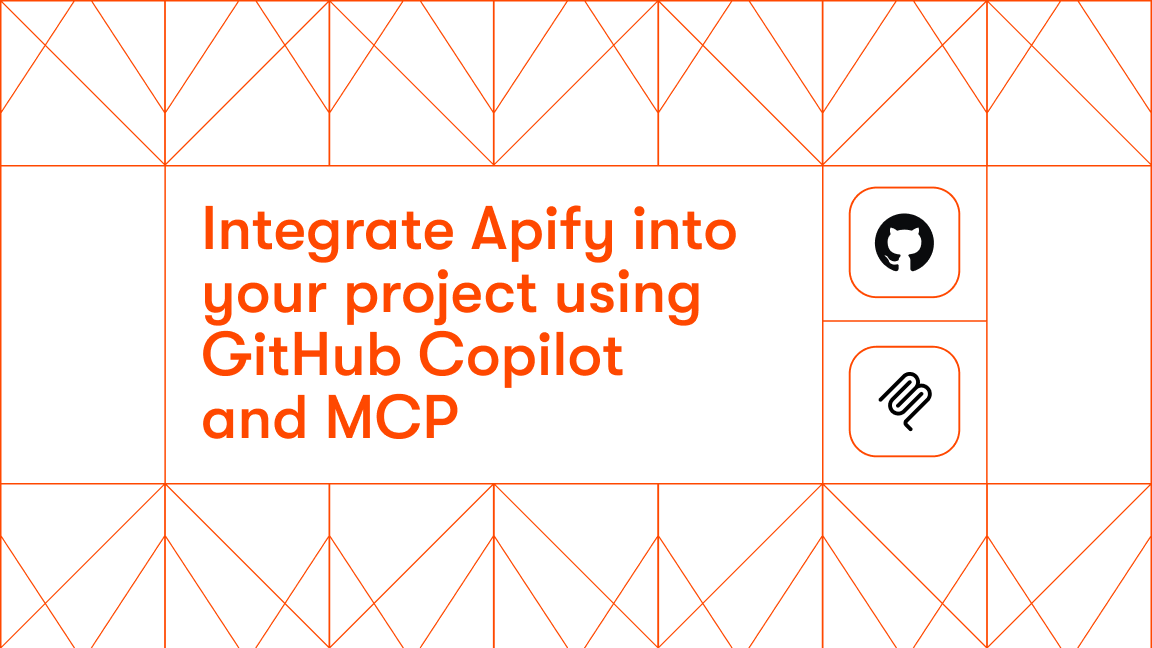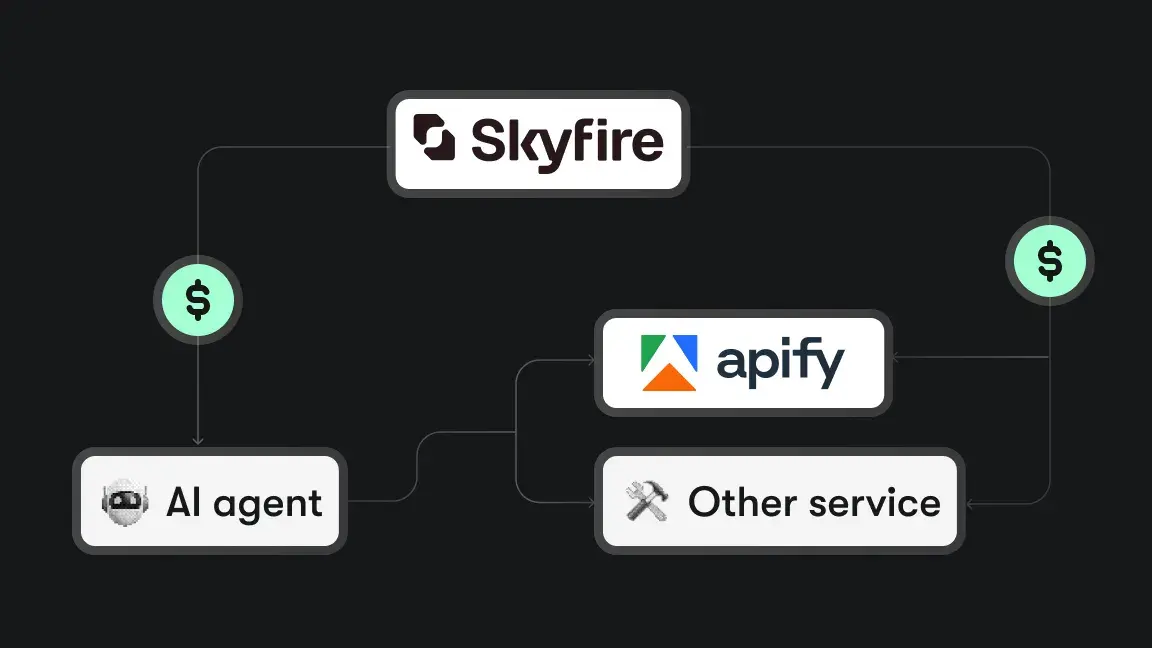While much of the world is celebrating AI systems that make time-consuming knowledge-based tasks so quick and easy, there are some who are shedding blood, sweat, and tears to make it possible.
Thousands of workers are toiling away at creating training datasets, validating model outcomes, and mimicking computational responses to sustain the research, development, and use of AI models like ChatGPT, BERT, and Midjourney.
A big part of that labor is data labeling.
In a nutshell, data labeling is the curation of data for AI and machine learning applications. It involves providing raw data (images, audio, text, video) and adding one or more relevant labels to give context so that an AI model can learn from it.
Examples of data labels could be the content of a photo (is it a bird or a plane?), speech in an audio recording (what words are used), or what's shown on an x-ray (a tumor).
If you're someone who works in the area of data labeling, what follows will provide you with some guidance on when and how to collect and label data for ML and deep learning applications.
Let's begin with when you might need to label raw data for training datasets.
Labeled vs. unlabeled data
ML and deep learning algorithms fall into three categories: supervised learning, unsupervised learning, and semi-supervised learning. Whether you use labeled or unlabeled data depends on the category of machine learning you're focused on.
Labeled data and supervised learning
Supervised learning is the most common type of ML algorithm and requires labeled data for training. Data labeling for supervised learning includes things like image classification and image segmentation.
Image classification
Image classification is the process of categorizing an image into predefined classes or categories. The goal is to determine what the main subject or object in the image is and then assign it to the appropriate category. For example, given an image of a dog, an image classification task would involve labeling it as "dog."
Image classification is a supervised learning task, meaning that it requires a dataset with labeled images to train a machine learning model. The model learns to recognize patterns and features in the images associated with each class during training. Once trained, it can classify new, unlabeled images into specified categories.
Common applications of image classification include object recognition, face detection, and content-based image retrieval. It's used in various industries, such as healthcare, automotive (for autonomous driving), and e-commerce (for product classification).
Image segmentation
Image segmentation is a more granular task that involves dividing an image into multiple segments or regions, with each segment corresponding to a distinct object or part of the scene. Unlike image classification, which assigns a single label to the entire image, image segmentation provides a detailed understanding of the image's content by identifying and delineating individual objects or regions.
There are two main types of image segmentation:
- Semantic segmentation: In semantic segmentation, each pixel in the image is assigned a class label. This means that all pixels belonging to the same object are given the same label. For example, in an image of a street, every pixel of a car will be labeled with the same class.
- Instance segmentation: Instance segmentation takes semantic segmentation a step further by distinguishing between different instances of the same object class. In an image with multiple dogs, each dog would be assigned a unique label, allowing for individual tracking and analysis.
Image segmentation is widely used in applications such as medical image analysis (e.g., identifying tumors in medical scans), autonomous navigation (e.g., identifying obstacles and road lanes), and image editing (e.g., separating objects from backgrounds in photo editing).
Unlabeled data and unsupervised learning
Unlabeled data is raw data that doesn't contain additional information and is used for unsupervised learning.
In unsupervised learning, unlabeled data is provided to train the model without any prior knowledge of what the data includes. This approach is commonly used for autoencoders and clustering algorithms.
Autoencoders
Autoencoders are a type of artificial neural network used in unsupervised learning. They're designed to learn efficient representations of data by encoding the input into a lower-dimensional latent space and then decoding it back to its original form. The network consists of an encoder and a decoder:
- Encoder: The encoder takes the input data and maps it to a compressed, lower-dimensional representation known as the "encoding" or "latent space."
- Latent space: The latent space contains the essential features or patterns of the input data. It's a reduced-dimensional representation of the data that captures its important characteristics.
- Decoder: The decoder takes the representation from the latent space and reconstructs the input data from it.
Autoencoders are often used for tasks such as data compression, dimensionality reduction, anomaly detection, and feature learning. In the context of data labeling, they may not directly perform labeling tasks, but they can help uncover underlying patterns in unlabeled data, making it easier to create effective labeling strategies.
Clustering algorithms
Clustering algorithms are unsupervised learning techniques that group similar data points together into clusters or categories based on their features or characteristics. Clustering aims to discover inherent structures within data, such as natural groupings or patterns. Some commonly used clustering algorithms include:
- K-means clustering: K-means is a popular clustering algorithm that assigns data points to the nearest centroid, dividing the data into "k" clusters. It's widely used in applications such as customer segmentation and image segmentation.
- Hierarchical clustering: This method creates a hierarchy of clusters, with data points grouped at different levels of granularity. It's particularly useful for visualizing how data is organized.
- DBSCAN (density-based spatial clustering of applications with noise): DBSCAN identifies clusters based on data density, making it effective for discovering irregularly shaped clusters in noisy data.
- Agglomerative clustering: This is a hierarchical clustering method that starts with individual data points as clusters and then merges them based on their proximity.
Clustering algorithms are valuable for data exploration, pattern recognition, and understanding data structures. In data labeling, clustering can help identify potential groups or categories within the data, which can guide the labeling process. For example, it can help group similar images for image classification tasks or suggest initial labels for text data based on topic clustering.
Labeled and unlabeled data in semi-supervised learning
Semi-supervised learning, as the name suggests, is a combination of the previous two methods. As a result, labeled and unlabeled data are used together to train the model. Utilizing both reduces the cost of data annotation, but there's a risk of the model making assumptions about the data during training. Still, it's commonly used in sequence classification and content analysis.
Sequence classification
Sequence classification is a machine learning task where the goal is to assign a label or category to an entire sequence of data, which can be a sequence of words, sentences, or other elements. This task is commonly used in natural language processing (NLP) and speech recognition, among others. Here's how it works:
- Input sequence: The input to a sequence classification task is typically a sequence of data, such as a text document, a sentence, a speech recording, or a time series.
- Labeling: Annotators assign a label or category to the entire sequence based on its content or meaning. In NLP, this can include tasks like sentiment analysis (assigning positive or negative sentiment to a text), text classification (e.g., categorizing news articles into topics), and speech recognition (identifying spoken words or phrases).
Sequence classification is used in a wide range of applications, including chatbots, voice assistants, email categorization, and text-based recommendation systems.
Content analysis
Content analysis is a broader term that encompasses various methods and techniques for systematically analyzing and understanding the content of textual or multimedia data. Content analysis can be used for both structured and unstructured data. That makes it a valuable tool for extracting insights from diverse datasets. Content analysis entails the following:
- Data processing: Content analysis starts with data preprocessing, which may include cleaning, tokenization (breaking text into individual words or phrases), and normalization.
- Analysis techniques: There are different content analysis techniques, depending on the objectives. Some common methods include sentiment analysis (determining the emotional tone of a text), named entity recognition (identifying names of people, places, and organizations), and topic modeling (dividing text into thematic categories).
- Data extraction: Content analysis can involve extracting specific pieces of information from text, such as dates, prices, or product names. This is particularly useful in fields like finance and e-commerce.
- Categorization and tagging: Annotators may categorize or tag content based on predefined categories. This is often done for organizational purposes or for content recommendation systems.
Content analysis can be applied to both unstructured data (like social media posts or customer reviews) and semi-structured data (like news articles with defined sections).

Use cases of data labeling
Data labeling in computer vision
One of the main use cases of data labeling is computer vision, which is the field of research that helps computers “see” the world around them. It requires annotated visual data in the form of images. Common data annotation types are image classification, image segmentation, and object detection.
With such a training dataset in hand, you can build a computer vision model that can automatically categorize images, detect objects, identify key points, or segment an image.
To give you an example, in the legal industry is data labeling crucial for training AI models to understand and analyze complex legal documents. This is particularly important when comparing foundational models like ChatGPT to lawyer-trained AI models for contract review and analysis.
Data labeling in natural language processing
Natural language processing (or NLP) is the analysis of human languages during interaction with other humans and with machines. Originally a part of computational linguistics, NLP has developed with the help of deep learning techniques. Today, NLP models are used for a range of things, including sentiment analysis, entity name recognition, and optical character recognition (OCR). The latter two are currently hot topics in the fields of fintech and healthcare.
Data labeling in audio annotation and processing
Audio annotation is key for ML tasks such as speaker identification or the extraction of linguistic tags from audio data. Processing audio involves converting sounds (human speech, animal calls, or the noises of objects) into a structured format for use in machine learning. The process requires manually transcribing them into written text and then adding tags to categorize the audio for use as a training dataset.
Manual vs. automated data labeling
The two main approaches to data labeling are manual and automated. Which you use largely depends on the data that the algorithm was trained for.
Manual data labeling
Manual data labeling is typically done by a team of human annotators trained to understand the task at hand and the specific labels that need to be assigned. These data labelers review each data point and assign the appropriate label based on their understanding of the data and the guidelines for the project.
The advantage of manual labeling is the control and accuracy that the process provides. Let's not forget amidst all the AI hype that human brains are still better than machine neural networks. So, for important tasks and high-quality labels, go for manual data labeling. To further streamline the process, Loom alternatives with secure, collaborative features can enhance task communication and team coordination throughout the labeling workflow.
Automated data labeling
Automated data labeling could also be called AI-assisted data annotation. It uses AI algorithms to assist human annotators. Examples of automatic data labeling would be providing suggestions for labels based on data or auto-generating labels for review and correction.
Automated data labeling can be helpful inasmuch as AI algorithms can handle routine aspects of labeling, such as image recognition or text classification. On the other hand, it relies on the availability of labeled training data and requires the development and implementation of AI algorithms to assist in the labeling process. That means the time you save on one thing could end up getting devoured by something else, which could be pretty counter-productive.
How do you do data labeling?
How you do labeling depends on the type and complexity of the data, the task assigned to the ML model, and the resources available. In the majority of cases, it involves the following steps:
1. Define a label schema
The schema should specify what labels to assign to each data point and how to ensure consistency. It outlines the structure of your labeling task and specifies what labels or categories should be assigned to each data point. The label schema should be well-documented and clear to ensure consistency among labelers.
2. Select data sources
You should select sources that are relevant to your project's goals. Consider the representativeness of the data; it should reflect the real-world scenarios your model will encounter. For that, you need diversity. Diversity in data sources will help your model generalize better, as it exposes it to a wide range of variations, scenarios, and potential challenges. In some cases, you may need to combine data from multiple sources to create a comprehensive and diverse dataset.
3. Assign labelers
Labelers are responsible for applying labels to the data. They can be internal team members, external contractors, or a combination of both, depending on the scale and expertise required. Internal labelers may have a better understanding of the project's context, while external labelers can provide fresh perspectives and scalability. Train labelers thoroughly on the label schema and task-specific guidelines to ensure they understand the criteria for labeling accurately.
4. Label the data
You can label the data manually or automatically, depending on your use case, as we mentioned previously. For structured data, manual labeling is common, whereas for large datasets, text, or images, automatic labeling with machine learning models or rule-based systems may be more efficient. When using manual labeling, ensure labelers have access to user-friendly annotation tools to streamline the process. Automatic labeling often requires the development and fine-tuning of labeling models.
5. Validate and monitor the labels
You can use human review, quality metrics, or cross-validation to monitor the performance and distribution of the labels or any drift that may occur over time.
- Human review: Have experienced labelers review a sample of the data for quality assurance and consistency.
- Quality metrics: Establish quality metrics and benchmarks to measure the accuracy of labels and the performance of labelers. Metrics may include inter-rater agreement scores.
- Cross-validation: Split the data into training and validation sets to evaluate the model's performance using labeled data not seen during training.
Continuous monitoring is necessary to detect label drift, where the quality of labels changes over time due to evolving data patterns or labeler errors. Regularly assess and update your data to maintain its quality.
Where to get data for labeling?
Those are the basics of data labeling dealt with, but before you even begin your annotation process, you need to get hold of some raw data. How can you do that?
There are six main ways to get data for labeling:
1. Web data extraction (sometimes called automated data collection)
2. Pre-packaged data acquisition
3. Crowdsourcing
4. In-house data collection
5. Synthetic data generation
6. Data augmentation
Also, if you want a detailed tutorial that covers the entire pipeline from data collection to data generation, check out How to collect data for machine learning.
Don't leave empty-handed
Hope you enjoyed reading those other articles!
Now, assuming you've decided to go for the most efficient method of data collection for labeling, there are well over a thousand web scraping tools on Apify Store you can use to start extracting information from the web for your data labeling projects.
Have fun exploring the vast range and volume of data you can get with them!
FAQs
What are the common challenges in data labeling?
Common challenges in data labeling include dealing with ambiguous data, ensuring inter-rater reliability among labelers, and maintaining consistency in labeling. These challenges can be addressed through clear guidelines, continuous communication, and rigorous quality control processes.
What are the best practices in data labeling?
Best practices in data labeling include thorough data quality assurance, comprehensive labeler training, and robust quality control processes. These practices ensure accurate and consistent data labeling, which results in improved ML model performance.
What tools and software are commonly used in data labeling?
Common tools and software for data labeling include label management platforms, annotation tools (e.g., Labelbox, Amazon SageMaker Ground Truth), and data collection platforms. Selecting the right tools depends on the specific labeling task and requirements.
What are the emerging trends in data labeling?
Emerging trends in data labeling include crowd labeling and domain-specific labeling. Crowd labeling involves distributing data labeling tasks to a range of individuals or using a crowdsourcing platform. Domain-specific labeling involves annotating data with information relevant to a specific industry or application.
How can I become a data labeler, and what skills are required?
Becoming a data labeler typically involves strong attention to detail, understanding of the labeling task, and proficiency with labeling tools. You can often start by joining companies or platforms that offer data labeling opportunities. Training may be provided, depending on the complexity of the task.
Can AI do web scraping?
It's possible to combine AI algorithms with web scraping processes to automate some data extraction activities, such as transforming pages to JSON arrays. AI web scraping is more resilient to page changes than regular scraping as it doesn’t use CSS selectors. However, AI models are restricted by limited context memory.








